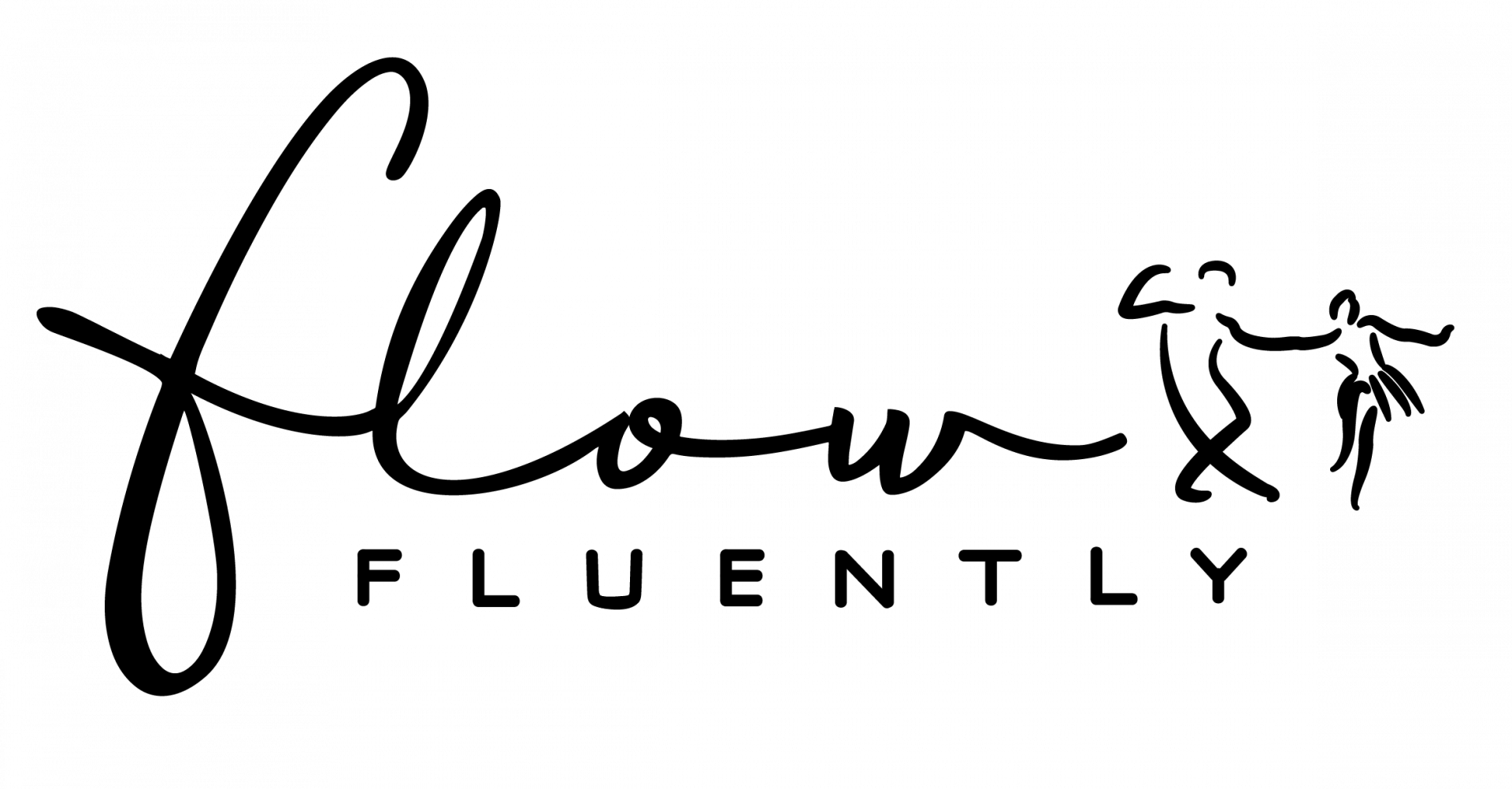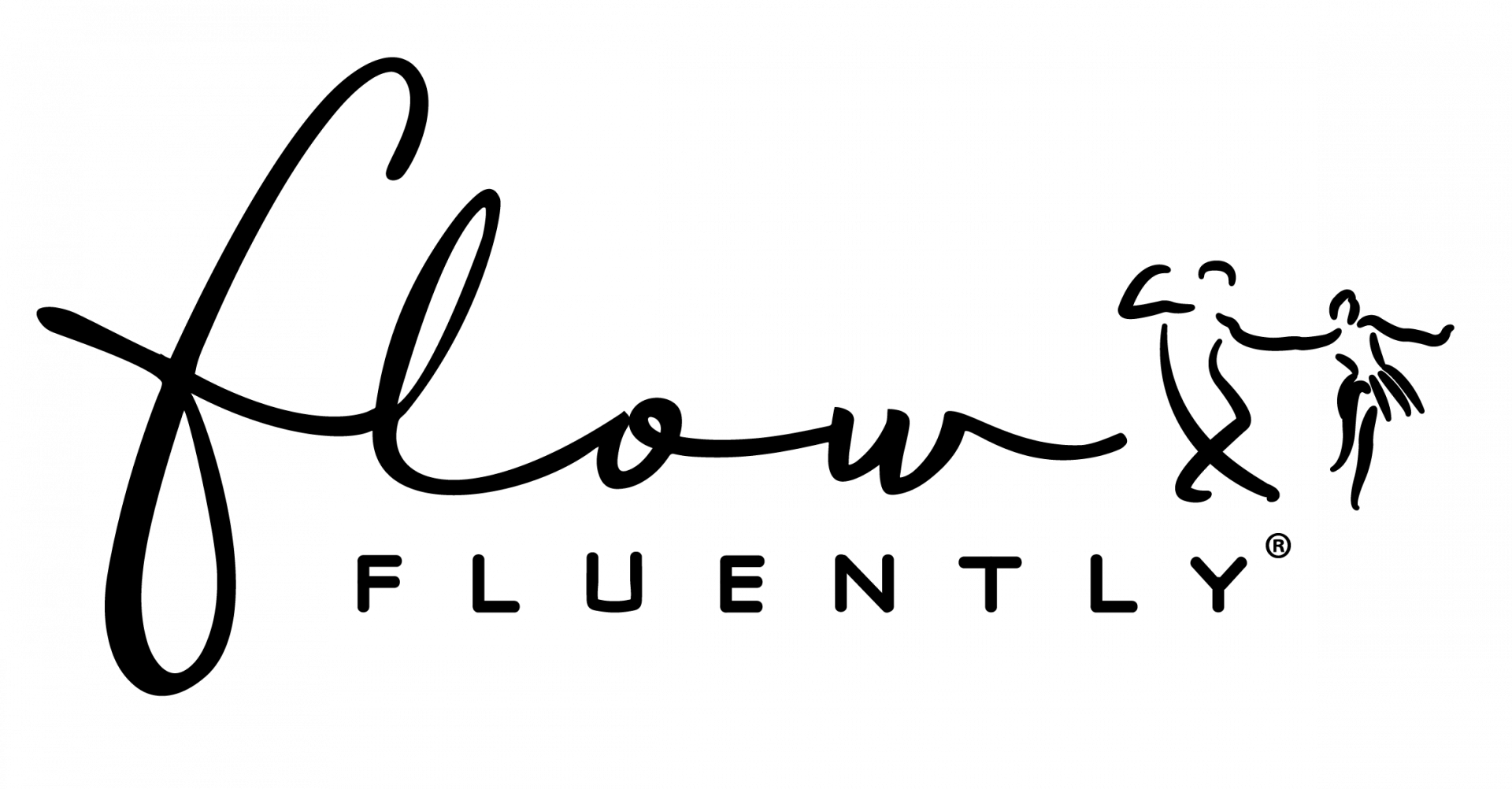Origins of Flow
Dancing with another person creates feelings – like carnival ride feelings, but to music and with another person. Way more fun. Dancing is the feel-good activity, more than any other activity. The current challenge in inspiring people to learn is the patience it takes to cultivate these feelings. Flow lets you feel the power of dancing on day 1.
Flow is a physical language, using partner dance as the medium to discover, learn, and devlop your language. You discover movement that feels good, connect it to music, and communicate it to your partner, in a way that feels really good.
In 2011, I realized the strongest asset humans have is in our ability to communicate. Through communication we can articulate our desires, and together we can make them come true. Communication and understanding are essential in building a world that feels good. I used to pride myself in thinking out loud and expressing myself verbally, the moment I felt it. When I came across dancing, I fell immediately in love with the activity and the idea of expressing myself physically, the moment I felt it. I had never experienced an activity that felt so good, and was so healthy, socially and personally. However, no one in my world knew how to dance, nor had the interest or resources to learn.
I found myself living in both a dance and a non-dance world. For me, it was important to make dancing relevant to my entire world, so I could properly express myself and essentially be myself with everyone whom I interact with, because now I want to connect verbally AND physically. I concluded that if I’m going to give everyone around me the opportunity to feel the value of partnership dance, they need to feel the value from the very beginning.
So, I began teaching dance in terms of a ” physical language”. If you feel it, you can learn it from day one. You then develop the ability to communicate with anyone through touch and apply it to all music, making dance relevant and attainable for all people. My first initiative was to formulate theories, empowering me to dance and teach any dance pattern, without having to be taught it first. When I finally uncovered the secrets to make this possible, I felt like I discovered a special power. From there I realized if I can teach and help people understand these secrets, then they too can problem-solve how to dance anything with anyone. So, I researched and developed lead/follow theories into tangible principles, which fall under the “Partnership” relationship. However, it takes time to understand and apply these principles, so I worked backwards from there.
I went and broke down all dance patterns into basic, healthy movements, known as Flow’s root moves. Under the “Floor” relationship we learn the root moves and principles of movement to effortlessly move and dance, independently and in partnership. Next, under the “Music” relationship I developed principles in how to connect and interpret all music, as it is much more inspiring to move to music. The building blocks of each dance relationship are like Lego blocks; the more blocks you have the more combinations you can make, and the more expressive you can be.
The more we learn through this method, the more we can create dance interactions that have yet to be created and this is the leading catalyst in evolving partnership dance into a language we all can learn and thrive with.
The atmosphere we are growing in the studio is one in which all students have the ability to use the studio, instruction, and other students to build and achieve personal and social goals, through dancing – where students can work together within and outside the studio to improve and enjoy their dancing – where students can work off the same material and work together to hone current styles of dance and/or build their own styles.
Here are goals that Flow has set to achieve:
We are developing an online curriculum that includes text, diagrams, and videos, making Flow and partnership dance tangible for all the world.
This physical language can be as nuanced and interactive as a verbal language, taking a couple years of weekly training to become fluent in Flow. Establishing Flow as a physical education course in high school or college is an ideal way to make this training available.
Create dance playgrounds that can include objects for people to dance with and around.
I know Flow’s training regimen will evolve partner dancing and make it available and exciting for everyone – and this starts with you! The success of Flow hinges upon the inspired and talented Seattleites whom yearn to explore, and it is my number one goal to make them the best possible dancers this earth has ever experienced.
“Personal improvement = social improvement. Improving our ability to communicate with each other improves our eagerness to co-exist with each other.”


